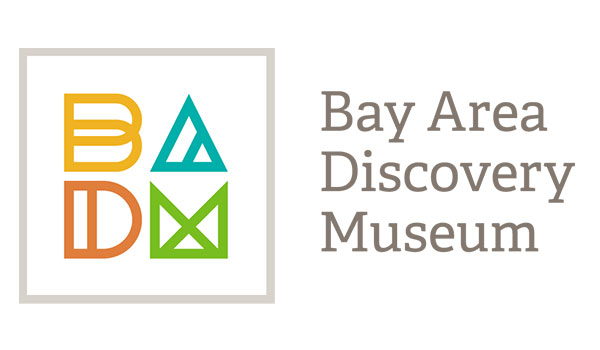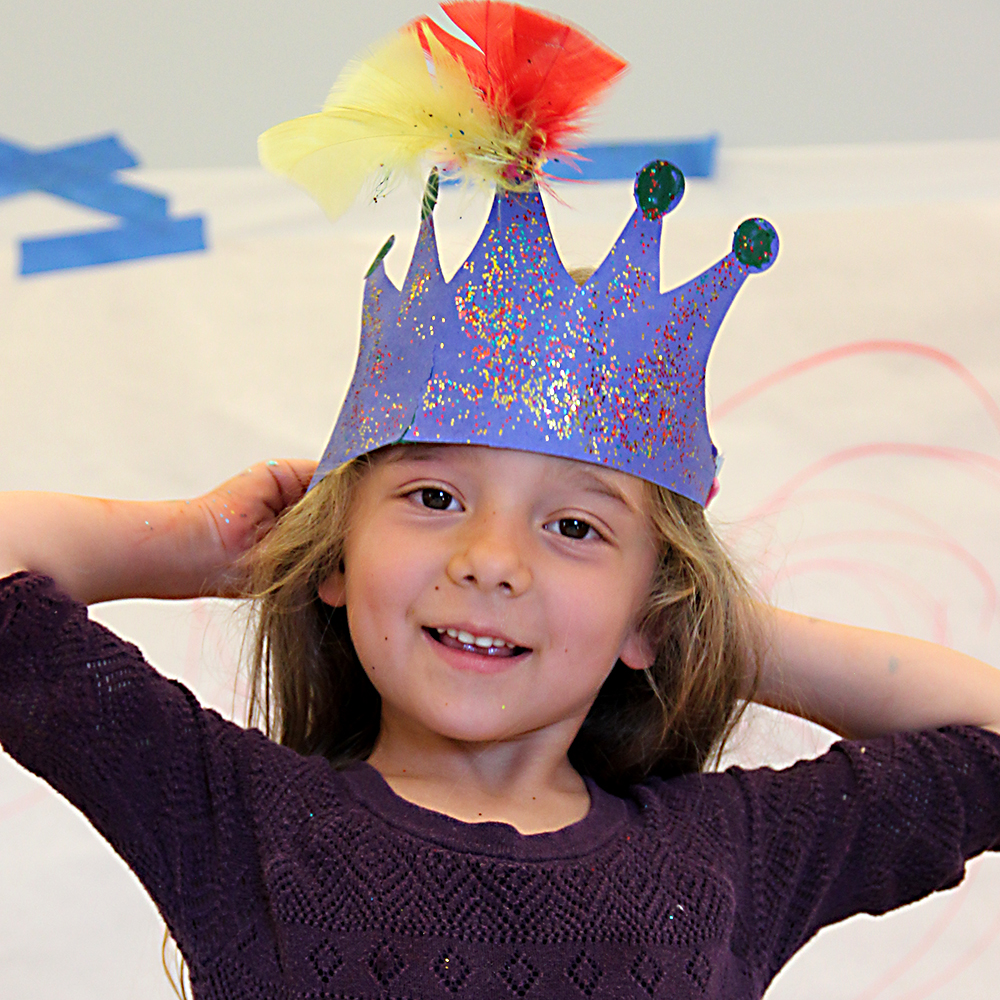Create and improvise an original performance with a partner! One child is the Picture, and moves freely but cannot speak. The other child is the Dubber, and speaks for the Picture and provides appropriate sound effects. Both children must work together to create an original story!
Materials Required
- Simple props such as hats, gloves, swords, etc.
Instructions
1. Decide on roles. The Picture acts out the scene while the Dubber speaks for the Picture, including sound effects.
2. Brainstorm a list of potential locations for the scene to take place. Try to list original places that have characteristic sounds like a noisy subway station or a beach with crashing waves.
3. Choose a location from the list and start improvising! The Picture acts out what may be happening at this location, while the Dubber provides the sound effects and speaks for the Picture.
4. Be sure to play off of each other! The Picture must move his or her lips as the Dubber speaks, and the Dubber needs to stay alert in order to provide appropriate sound effects to accompany the Picture’s actions.
5. After practicing a few scenes, ask friends or family to watch an original performance!
Additional Tips
Try these add-on activities:
- Switch roles! Make sure both participants get to act as both the Picture and Dubber.
- Introduce new characters into the scene. Create a group of four, containing two Pictures and two Dubbers. The Pictures must interact nonverbally, while the Dubbers narrate the story and provide the sound effects. Continue adding partners to the scene, and see how large the group can grow!


